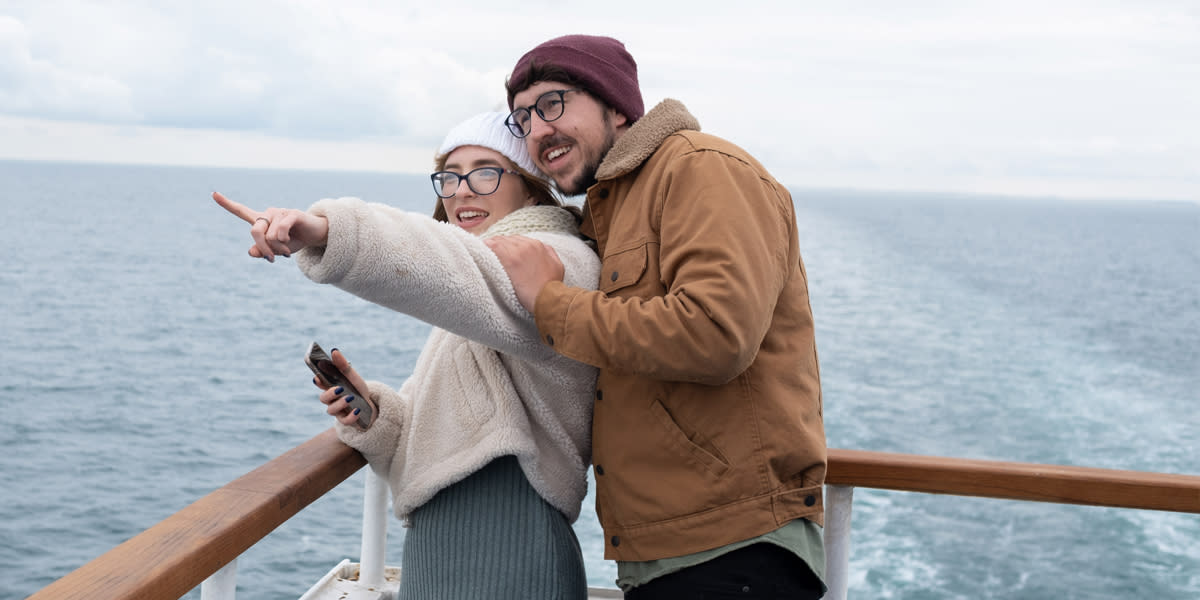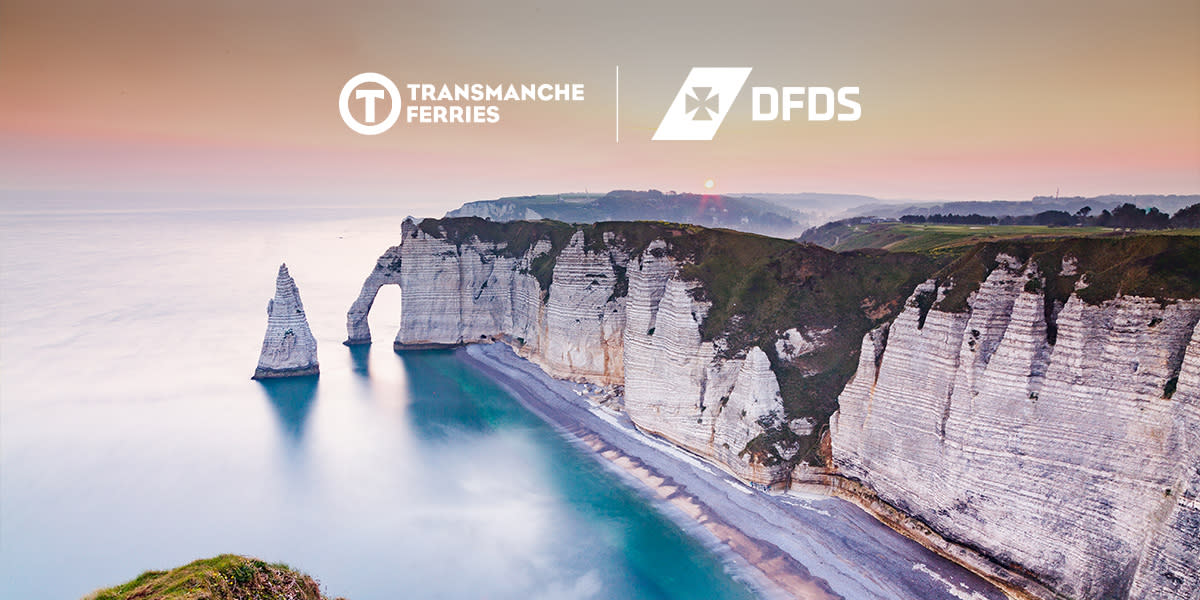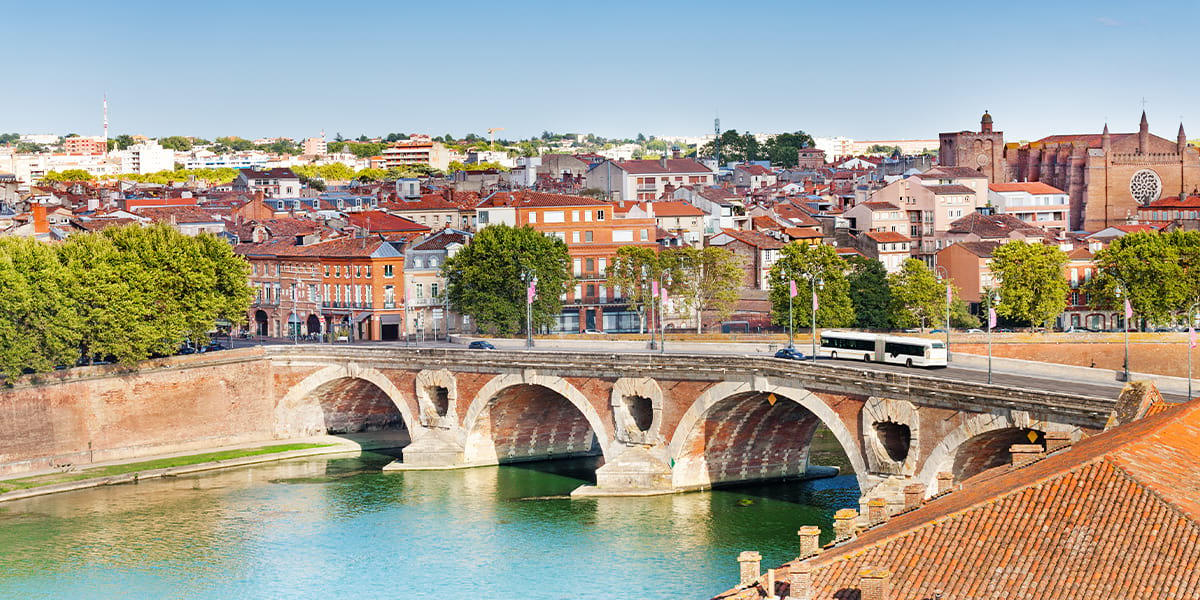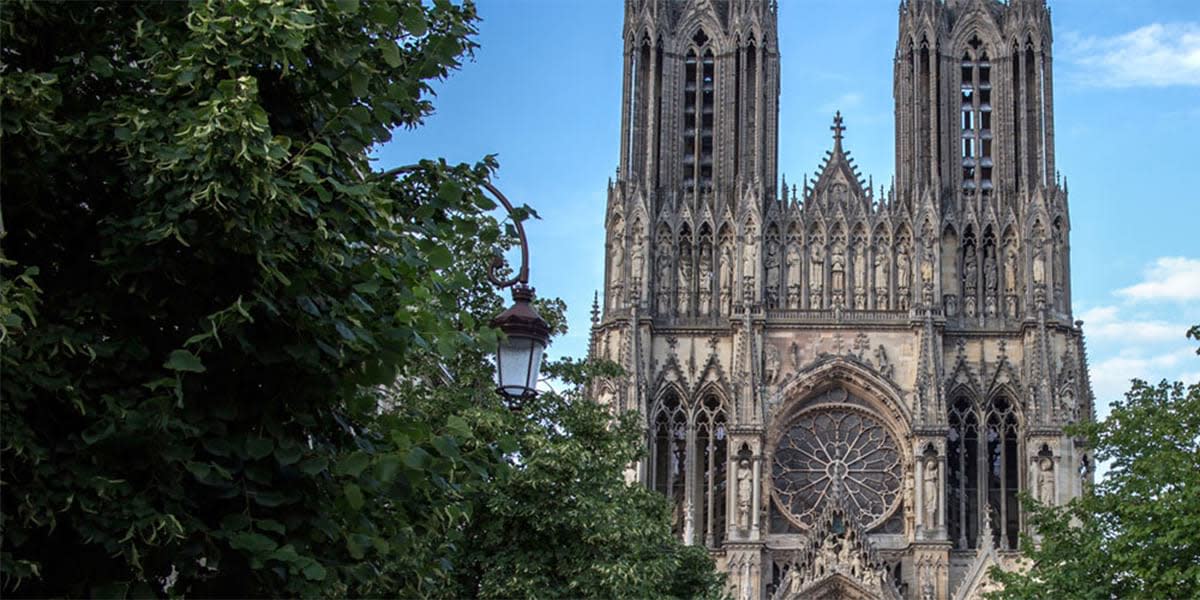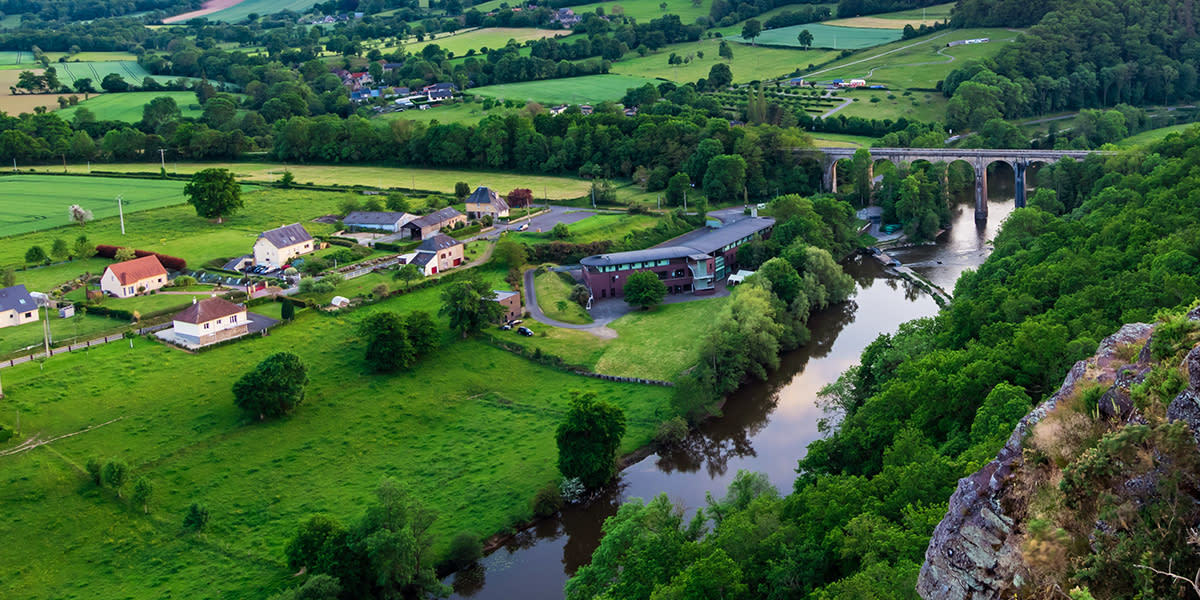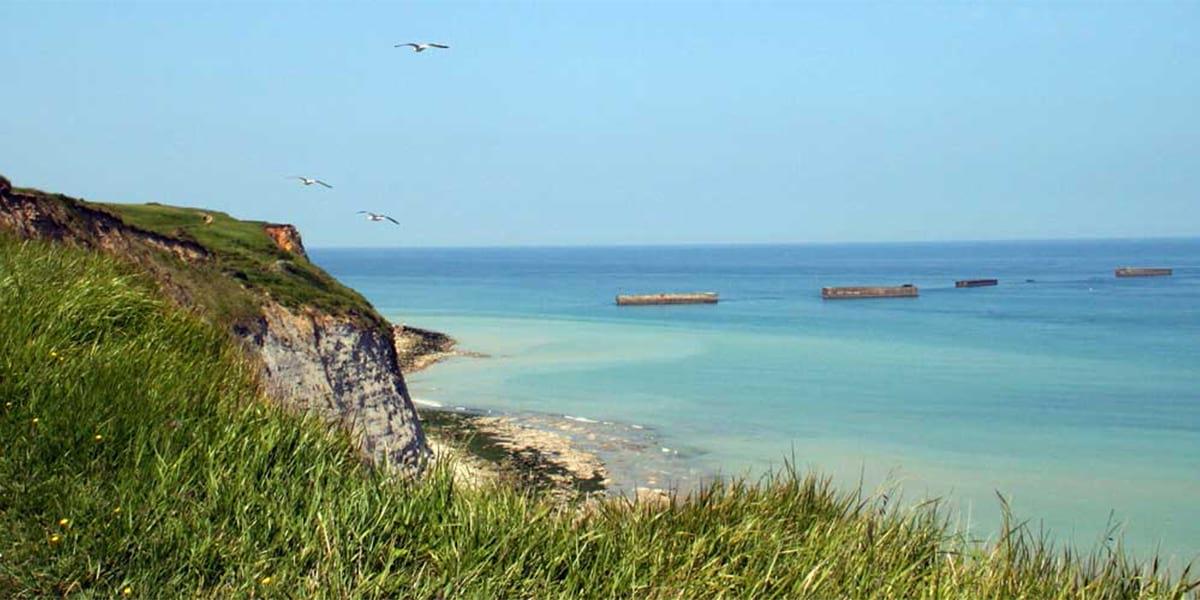
Your Essential Travel Guide to the D-Day Beaches
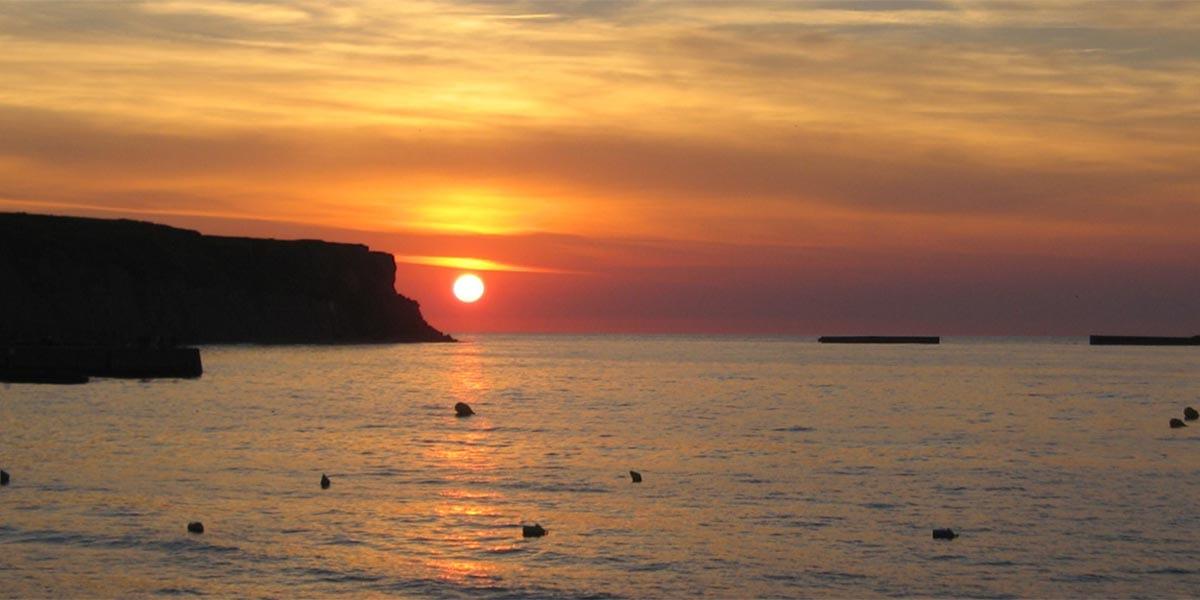
Discover D-Day beaches
The D-Day landings on the 6th of June 1944 were the largest seaborne invasions in history, carried out by the Allies in Operation Overlord. The Battle of Normandy was mainly fought along the shores of Calvados, Manche and Orne, today known as the D-Day beaches. Stretching for over 70km, they’re home to memorials and museums to commemorate past events.
Planning a trip to Normandy to learn more about D-Day? We’re here to help. Our day-to-day itinerary of the D-Day beaches takes you through must-see landmarks for an unforgettable experience.

Day 1: UK - Caen
Sail aboard one of our ferry crossings to France and prepare for a memorable experience. Your trip will begin in Caen, about 3.5 hours drive from Calais and Dunkirk Ports and 2 hours from Dieppe.
Often called the ‘archetype of Normandy’, Caen is a picturesque coastal city with plenty to see. It boasts beautiful architecture built during the reign of William the Conqueror, including the Grand Abbey and Caen Castle. The town was severely damaged during World War II, and much of it was rebuilt in Caen stone.
Must-see D-Day landings landmarks include:
- Memorial for Peace
- Pegasus Bridge

Day 2 : Caen - Bayeux
Distance: 30 miles
Spend your second day exploring Bayeux, a short drive from Caen. This charming commune was a transit hub for soldiers and civilians during WWII, thanks to its proximity to the D-Day beaches. Soon after it was released by the SS, French general Charles de Gaulle gave his first speech as the leader of liberated France.
D-Day landmarks in and around Bayeux include the following:
- Museum of the Battle of Normandy
- Bayeux Memorial
- British Normandy Memorial
- D-Day Museum
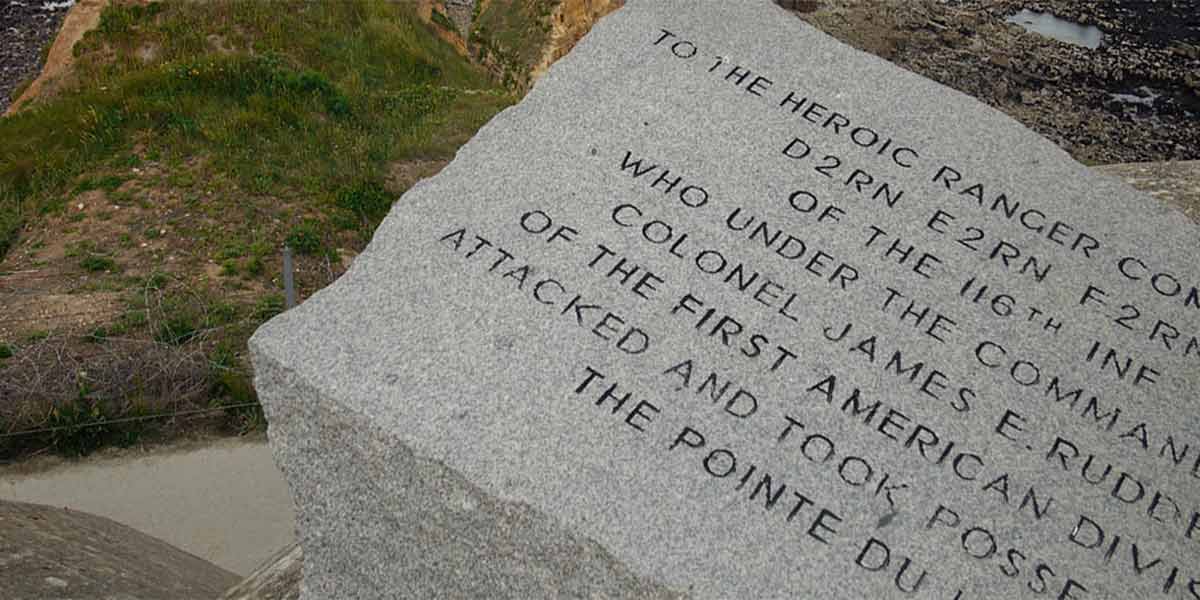
Day 3: Bayeux - Utah Beach
Travel the 13 miles from Bayeux to Omaha Beach and you may be struck with a sense of familiarity. Omaha Beach was the setting of the famous opening scene in Saving Private Ryan, where 40,000 American troops landed and were instantly under fire.
There is a memorial on the beach to the lives lost during the conflict, and an American cemetery nearby, the largest of its kind in Europe. Follow the coastline another 28 miles toward Utah Beach, stopping off at Pointe du Hoc, where you can see huge deep shell impact craters and ruined bunkers. Utah Beach is also home to another Musée du Débarquement, where you can see a genuine B26 Marauder aeroplane which fought in the battle.Overnight in Bayeux.
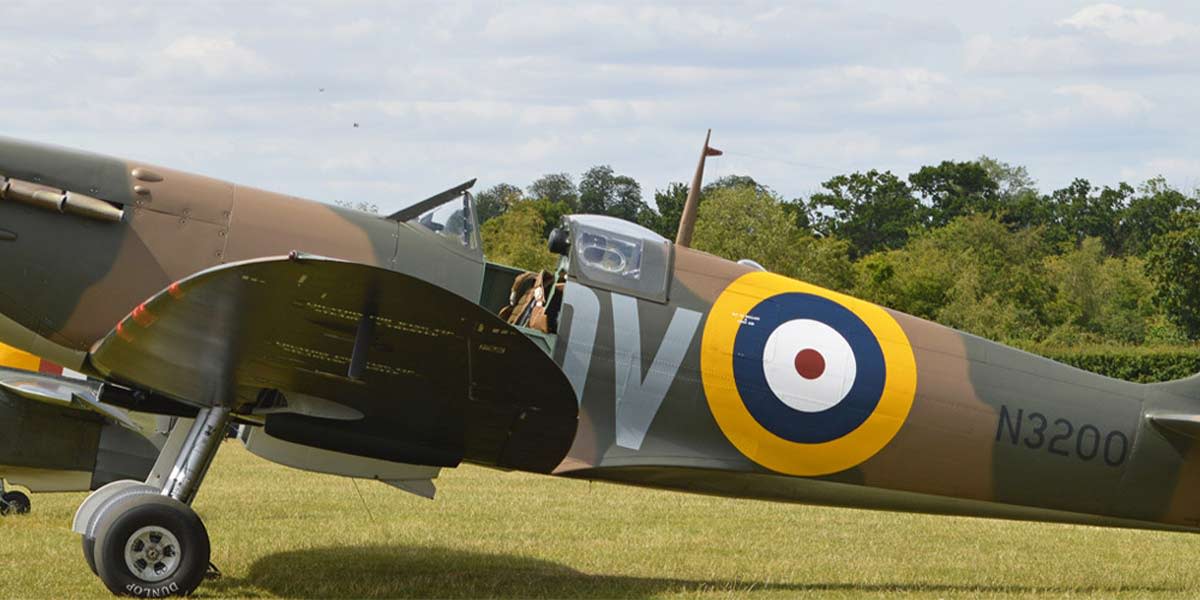
Day 4: Bayeux - Dunkirk
While not part of the D-Day landings, Dunkirk was also the scene of a heroic and famous military operation during the Second World War. Operation Dynamo involved the safe evacuation of over 300,000 allied troops. Visit the Dunkirk War Museum on your way back to port and learn more about this famous evacuation, and why the huge scale of it guarantees it will forever be remembered as a miraculous success against colossal adversity.
Take the 4 hour, 257 mile, drive from Bayeux to Dunkirk and you can sail back from our Dunkirk port, or drive an extra 27 miles to Calais and sail from our port there.


